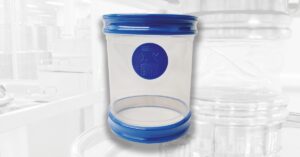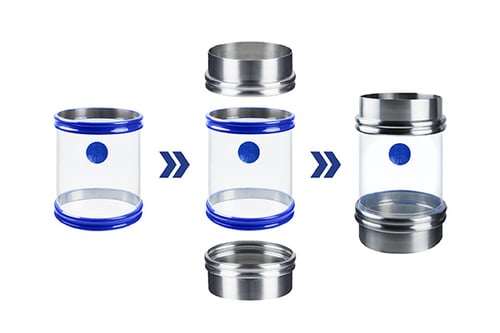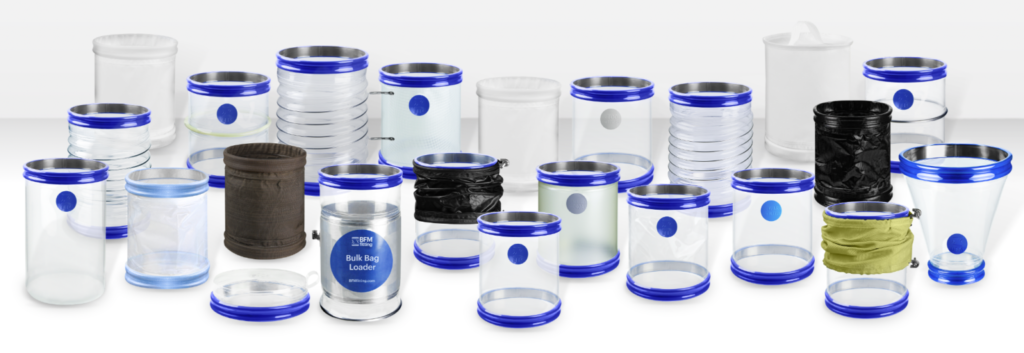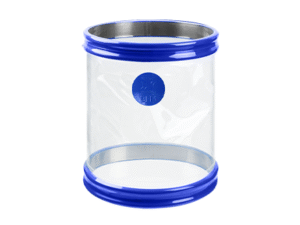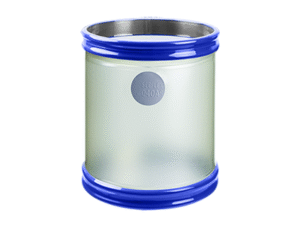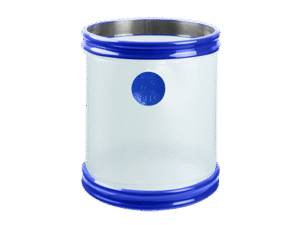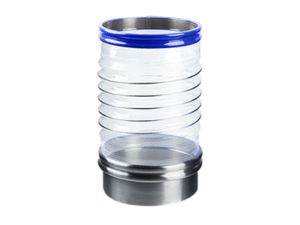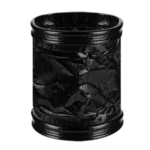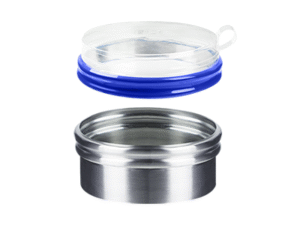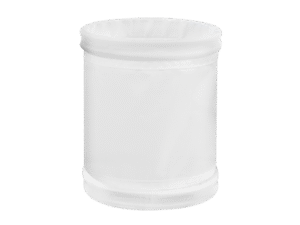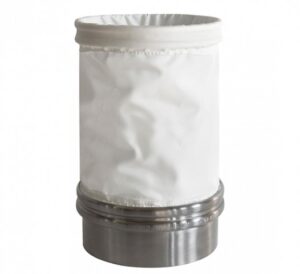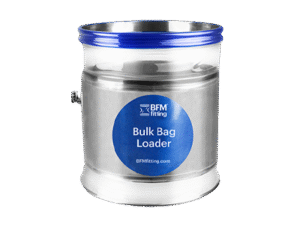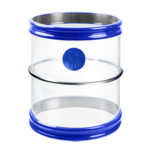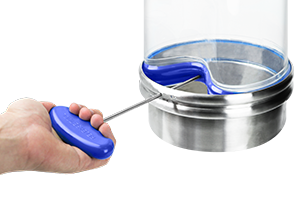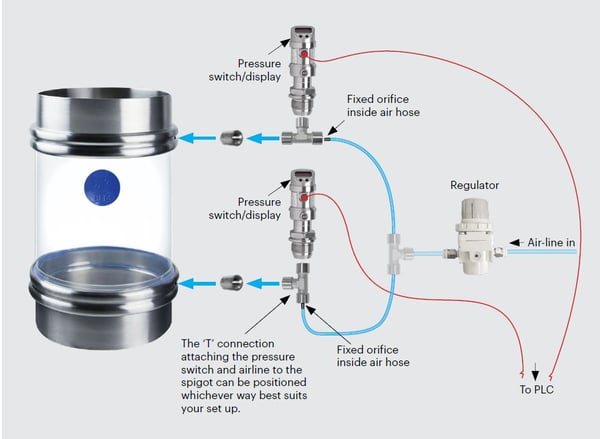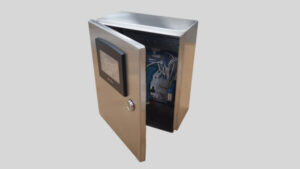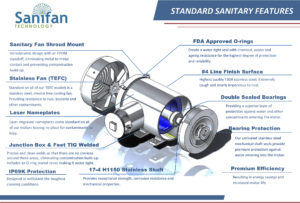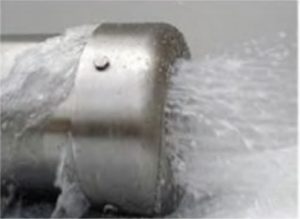Flow patterns are a critical design factor in any shell and tube heat exchanger, directly impacting heat transfer efficiency, thermal stress, and overall system performance. Engineers can select from three primary flow patterns—parallel flow, counter flow, and crossflow—but in many cases, combining these patterns leads to optimal results.

Parallel Flow (Cocurrent Flow)
In parallel flow, both the shell side and tube side fluids flow in the same direction. This pattern is commonly found in double-pipe heat exchangers and can be applied to shell and tube configurations as well.
Pros:
- Ensures more uniform wall temperatures, reducing thermal stress.
- Ideal when a moderate temperature difference between fluids is sufficient.
Cons:
- Less thermally efficient compared to counter flow, as the maximum temperature difference occurs only at the inlet.
- Risk of thermal stress from dramatic inlet temperature differentials.
CrossFlow
In crossflow heat exchangers, fluids flow perpendicularly to each other. This pattern is commonly used in steam condensers and other applications involving phase changes.
Pros:
- Effective in applications involving gas-liquid heat transfer or condensation processes.
- Can be customized with baffles and tubes to optimize turbulence and heat transfer.
Cons:
- Less thermally efficient than counter flow but often ideal for specialized applications like condensation.
Counter Flow (Countercurrent Flow)
Counter flow heat exchangers are designed for the tube side fluid to enter from the opposite end of the shell side fluid. This flow pattern is the most thermally efficient and is preferred in many applications where maximizing heat transfer is critical.
Pros:
- Delivers the highest temperature change between fluids, enhancing heat transfer efficiency.
- More consistent temperature differences across the exchanger reduce hotspots and thermal stress.
Cons:
- Can be more complex to design when used in conjunction with multipass configurations.
Key Considerations for Optimal Flow Pattern Selection
Counter flow heat exchangers are designed for the tube side fluid to enter from the opposite end of the shell side fluid. This flow pattern is the most thermally efficient and is preferred in many applications where maximizing heat transfer is critical.
Pros:
- Delivers the highest temperature change between fluids, enhancing heat transfer efficiency.
- More consistent temperature differences across the exchanger reduce hotspots and thermal stress.
Cons:
- Can be more complex to design when used in conjunction with multipass configurations.
Why Combining Flow Patterns is Often Used
In real-world applications, shell and tube heat exchangers often combine multiple flow patterns to meet complex process demands. A common combination is counter flow and parallel flow, especially in multipass systems. This hybrid approach maximizes thermal efficiency while mitigating risks such as excessive thermal stress or fouling.

For more information, visit our website: www.mgnewell.com and www.newellautomation.com.











